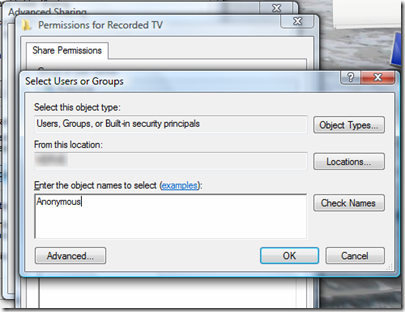Microsoft confirmed today at the 11th annual J.P Morgan Tech Forum at CES that the company had sold 60 million copies of Windows 8 so far, including both OEM sales and upgrades on existing machines, putting it on a similar trajectory as Windows 7 three years ago. Undoubtedly, after all of the criticism, the new operating system is off to a good start since its launch this past October.
The world of tablets is certainly evolving at an unprecedented rate, and what better place to catch a glimpse of the future of the tablet market, than the Consumer Electronics Show? Panasonic has wowed onlookers by unveiling a stunning 4K Windows 8 tablet at CES 2013, and the guys over at TheVerge have had the privilege of a little hands-on. Packing a 20-inch display, it's said to be aimed primarily at photography aficionados, while an included optical stylus permits the user to smoothly operate Windows 8 and make precise alterations to photos.
It would appear as though the modding community of everything Windows would have something to cheer about this week. That is because security researcher clrokr looks to have discovered a way to get desktop apps up and running on Microsoft's ARM-based OS. Within Windows RT's code, there's a particular setting which prevents ARM-based desktop apps besides the Redmond company's stock offerings, but clrokr has snuffed it out, and has, in short, paved the way for the running of unsigned desktop apps.
After playing the waiting game and sitting in review with Microsoft for just over a month, the official Dropbox app for devices powered by Windows 8 and Windows RT is now available as a free of charge download from the Windows Store. The app has probably taken a little longer to go through the verification process than Dropbox would have liked, but the most important aspect is that owners of Windows 8/RT machines and devices now have official access to their Dropbox accounts through the natively produced app.
Microsoft's Surface RT tablet may have been out for a couple of months now, but those with a keen eye for higher-end technology would doubtlessly have put their purchase on hold for the Pro version. It has long since been common knowledge that the Intel-powered device would be arriving at some point in January, and whilst a release date has still not been revealed, it will be hitting the retail market later, rather than sooner in the month.
The Consumer Electronics Show, or CES as it is most often referred to, is without a doubt one of the biggest date in the tech calendar. While there are plenty of rumored and confirmed announcements to look forward to, Samsung has been working tirelessly to ramp up momentum in anticipation for the event. Having made a solid foundation in the touch-based market with a fleet of Android smartphones and tablets, Sammy is hedging its bets with a couple of Windows 8 hybrids, named Chronos and Ultra.
Some of our readers may just be waking up to welcome in 2013, but Microsoft is as keen as ever to carry on the promotional campaign of Windows 8 and have used the first day of the new year to publish a number of commercials to their YouTube account which show some of the more powerful aspects of the new Windows 8 operating system. It's no secret that January is one of the busiest shopping times of the year, with consumers wanting to snap up the latest and great technology at bargain prices, so it makes perfect sense for the Redmond company to strike while the iron is hot and get people talking about Windows 8 again.
We are expecting a great range of tech to be released this year, but it seems that Samsung has taken the first step by announcing a couple of new Series 7 monitors, one of which will support different orientations, with the other being specifically optimized to work flawlessly with Microsoft's Windows 8 operating system.
Windows has evolved into a pretty stable operating system with time, especially when Windows 7 had entered the arena. Then, even with Windows 8, although I did run into a lot of issues with the release and consumer previews, I haven’t regretted making the switch once I installed the retail version. It was pretty necessary, too, that Microsoft made Windows stable the way it has become now, considering that the operating system is the most used in the world for desktop computers and notebook PCs.
Windows Media Center has been one of the best media management suites available for Microsoft Windows since the days of Windows XP, although the program got mass attention with Windows Vista. Despite the fact that the operating system in question was a big failure in itself, no one ever complained that Media Center lacked in what it had to offer, and hence, it made sense that the media suite would continue to remain bundled with Windows operating system in Windows 7. With the latest Windows 8, however, the Redmond company seems to have taken a rather surprising decision, in that Media Center is no longer a part of the OS – even the Pro version – and instead, available as a separate download for Windows 8 Pro users only.

